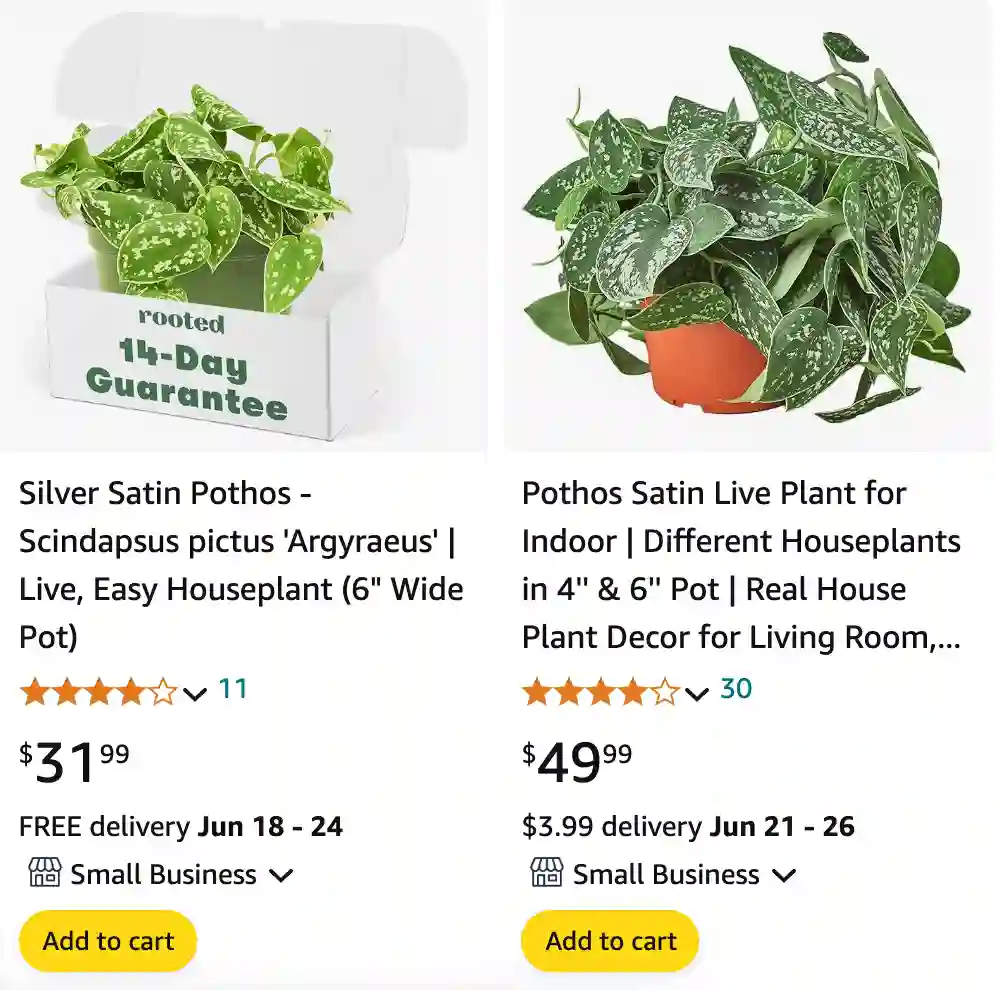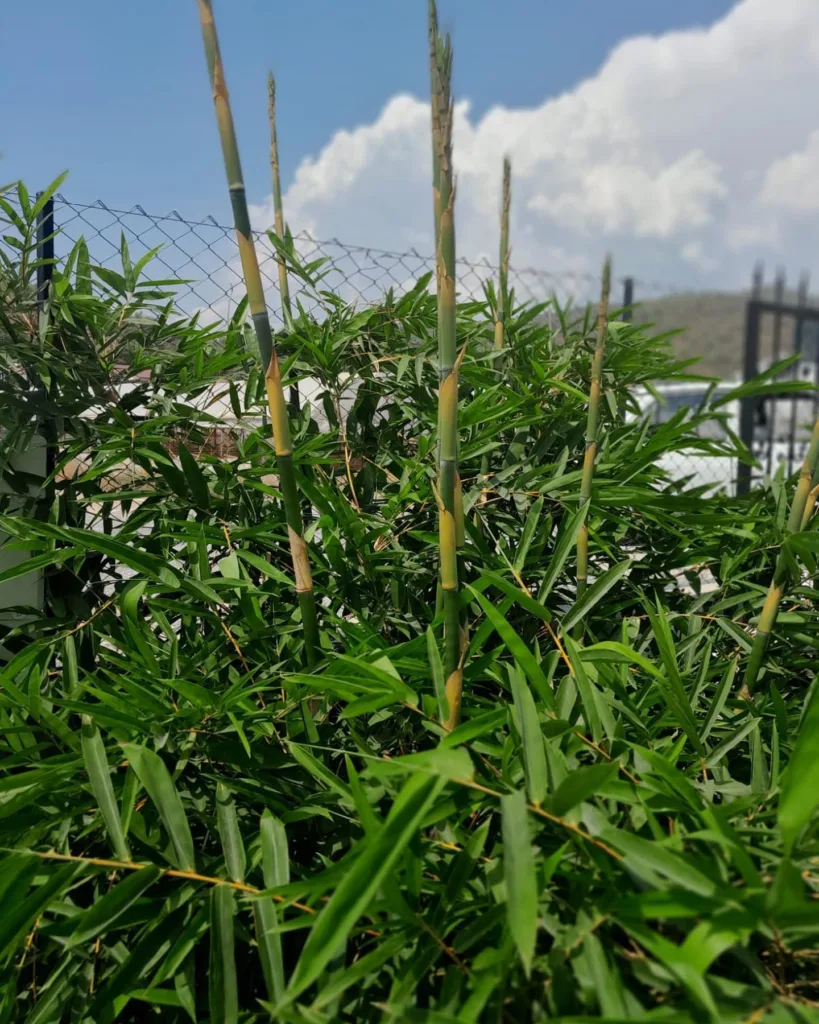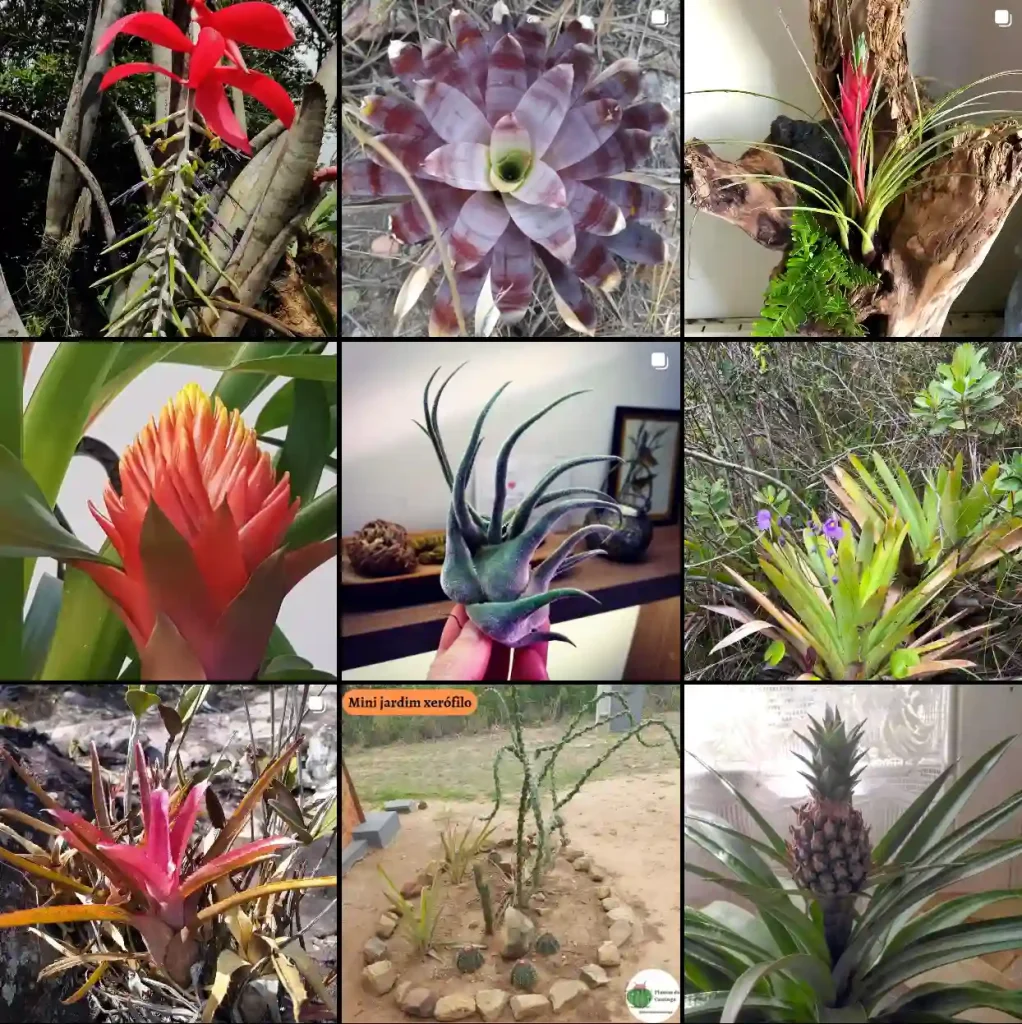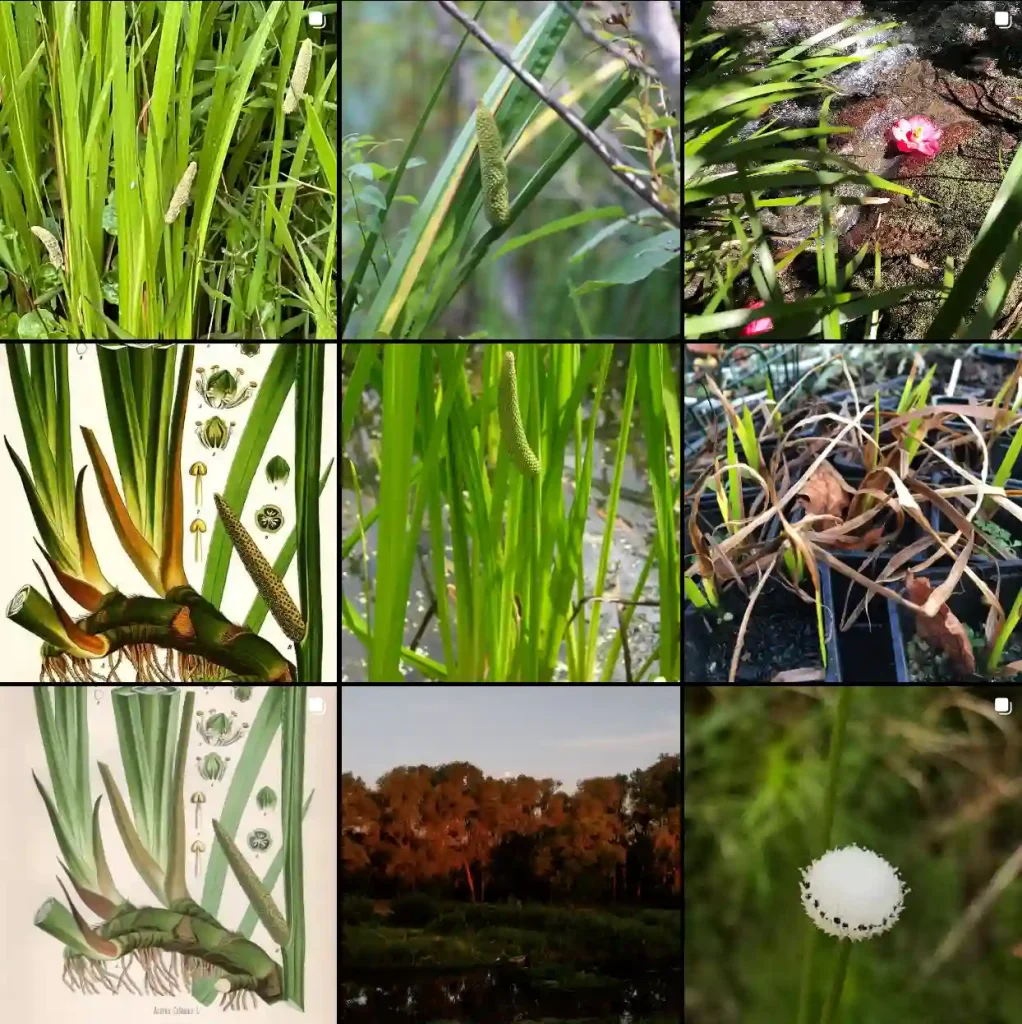
What is Scindapsus Argyraeus?
Greetings, plant enthusiasts! I’m Ferb Vu, and today, we delve into the world of the captivating Scindapsus Argyraeus, a synonym of Scindapsus Pictus, also known as the Satin Pothos. This easy-going houseplant boasts stunning silver variegation and a trailing growth habit, making it a coveted addition to any indoor jungle.
But fear not, fellow plant parents! Despite its exotic appearance, the Scindapsus Argyraeus isn’t a high-maintenance diva. Let’s unravel the mysteries of this leafy wonder and equip you with the knowledge to nurture it to thriving splendor.
36 Species in Genus Scindapsus
Scindapsus Argyraeus vs Silvery Ann
When I compared my Scindapsus Argyraeus to Silvery Ann, I noticed that the Silvery Ann’s leaves had a more pronounced silver variegation, making it stand out more in my collection.
Scindapsus Argyraeus vs Exotica
Between my Scindapsus Argyraeus and Scindapsus Exotica, I found the Exotica’s larger, more vividly patterned leaves to be a striking contrast to the subtler beauty of the Argyraeus.
Scindapsus Argyraeus vs Pictus
Putting my Scindapsus Argyraeus next to my Pictus, I saw that while both have stunning silver patterns, the Pictus seemed to have a slightly bolder and more defined look.
How to care for Scindapsus Argyraeus?
Light: Illuminating the Path to Growth
Scindapsus Argyraeus thrives in bright, indirect light. Think dappled sunlight filtering through a tree canopy. Direct sun can scorch the delicate leaves, while insufficient light leads to loss of variegation. So, find a sweet spot near an east-facing window or create a diffused light haven with a sheer curtain.
Pro Tip: Rotate your Scindapsus Argyraeus regularly to ensure even growth and prevent it from leaning towards the light source.
Watering: Striking the Perfect Balance
Like most houseplants, Scindapsus Argyraeus prefers consistent moisture but dislikes soggy feet. The key lies in mastering the “wait and see” approach. Allow the top inch of soil to dry completely between waterings. Stick your finger in the pot – if it feels dry, it’s watering time! Drench the soil thoroughly until water drains from the drainage holes. Discard any excess water to prevent root rot.
Seasonal Shift: During winter months, when growth slows, water less frequently to avoid overwatering.
Soil: The Foundation for Flourishing
Scindapsus Argyraeus appreciates a well-draining, airy potting mix. Opt for a standard potting mix amended with perlite or orchid bark for optimal drainage. This ensures proper aeration, preventing root rot. A healthy root system translates to a happy, thriving plant.
Temperature and Humidity: Mimicking the Tropics
Scindapsus Argyraeus hails from the tropical rainforests of Southeast Asia, so it flourishes in warm, humid environments. Aim for temperatures between 65°F and 80°F (18°C and 27°C). Average household humidity levels usually suffice for this adaptable plant. However, if the air feels dry, consider grouping your Scindapsus Argyraeus with other humidity-loving plants or using a pebble tray filled with water.
Fertilization: A Nourishing Boost
While Scindapsus Argyraeus isn’t a fertilizer fiend, a light feeding during the growing season (spring and summer) can provide a welcome boost. Use a balanced, diluted liquid fertilizer once a month or according to the product instructions. Avoid overfertilizing, as it can damage the roots.
Common Issues and Solutions: Keeping Your Scindapsus Argyraeus Thriving
Problem: Leaves turning yellow
Possible Causes: Overwatering, lack of light
Solution: Adjust your watering schedule and provide brighter indirect light.
Problem: Brown, crispy leaves
Possible Causes: Underwatering, low humidity
Solution: Increase watering frequency and consider using a humidifier.
Problem: Lack of variegation
Possible Cause: Insufficient light
Solution: Move your Scindapsus Argyraeus to a brighter location.
Propagation: Expanding Your Leafy Realm
Scindapsus Argyraeus readily multiplies through stem cuttings. Here’s a simplified guide:
- Select a healthy stem with at least two nodes.
- Cut below a node at a 45-degree angle.
- Remove any lower leaves, leaving a few nodes exposed.
- Place the cutting in water or a well-draining potting mix.
- Provide warm, indirect light and maintain consistent moisture.
Roots should develop within a few weeks. Once established, pot your new Scindapsus Argyraeus in a suitable container and continue with regular care.
Toxicity: A Note of Caution
It’s important to remember that Scindapsus Argyraeus, like many houseplants, is mildly toxic. The leaves contain calcium oxalate crystals, which can cause irritation in the mouth, stomach, and skin if ingested. Keep your Scindapsus Argyraeus out of reach of children and pets for their safety.
Conclusion: A Rewarding Journey with Scindapsus Argyraeus
With its captivating looks and easy-going nature, the Scindapsus Argyraeus is a true gem for plant enthusiasts of all levels. By following these simple care tips, you can cultivate a thriving, lush Scindapsus Argyraeus that will add a touch of elegance and life to your indoor space. Remember, the key lies in providing the right amount of light, water, and humidity. Let your Scindapsus Argyraeus be your guide – observe its growth and adjust your care routine accordingly. Happy planting!
If i die, water my plants!



